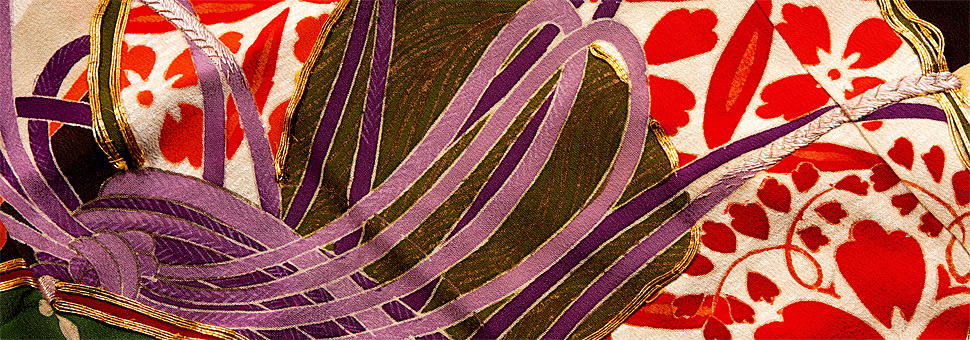 A patchwork quilt housed in the Victoria & Albert Museum, London (T1-1996). It was made in 1993 to celebrate 75 years of women’s suffrage in Britain.In the last decade many countries have celebrated women winning the right to vote. I’ve been doing some research for a TRC mini-exhibition on suffrage movements and fashion and have come across some fascinating celebratory needlework.
A patchwork quilt housed in the Victoria & Albert Museum, London (T1-1996). It was made in 1993 to celebrate 75 years of women’s suffrage in Britain.In the last decade many countries have celebrated women winning the right to vote. I’ve been doing some research for a TRC mini-exhibition on suffrage movements and fashion and have come across some fascinating celebratory needlework.
Sometimes such needlework causes controversy. In 1994 two tapestries were hung in South Australia’s Parliament House, to commemorate the centenary of South Australian women winning the vote. The tapestries had been woven the year before, in public, on a loom set up inside the busy National Bank in Adelaide. Passersby were encouraged to both watch and to help weave themselves.
The tapestries, made of wool, cotton and linen, depict women suffragists and also waggas — a very Australian type of quilt popular during the Depression (see the TRC’s Needles webpage for more on waggas). But there were complaints when the tapestries were unveiled. Some parliamentarians called them ugly and said they didn’t fit in alongside the portraits of men in suits. But the tapestries were popular with the public and stayed.
Making commemorative quilts to celebrate women’s suffrage is also popular. The V&A’s (London) collection of quilts includes a patchwork quilt (T1-1996) of 80 blocks. Made in 1993, it was presented by the popular BBC Radio Four women’s programme, the Women’s Hour, to celebrate the anniversary of 75 years of women’s suffrage in Britain.
In the US, which will celebrate the centenary of women’s suffrage in August 2020, suffragist Susan B. Anthony (1820-1906) will be honoured by a large quilt, of the traditional Sister’s Choice block, in the American suffrage colours of purple, white and gold.
But my favourite quilt must be the one made in New Zealand, the first country were women won the right to vote in national elections in 1893. The “Suffrage in Stitches” quilt is 274 metres long (that’s two football fields)—which is the length of the original petition presented to the government in 1893 demanding women’s enfranchisement. The quilt commemorates 125 years of women’s suffrage.
Over 500 people, in several different countries, sewed blocks for this quilt—many of them dedicated to women in their families, and decorated with keepsakes such as dolls and broaches. The quilt also includes 27,000 hand stitches—to honour the 27,000 people who signed the petition demanding the vote for women. Now that’s a celebration!
Shelley Anderson, Sunday, the 1st March 2020.










